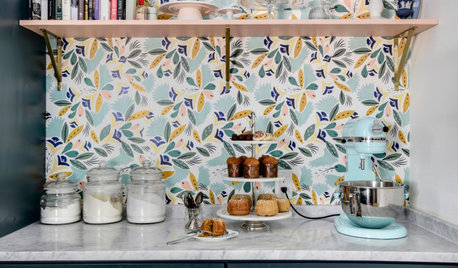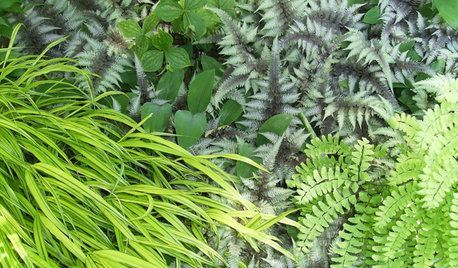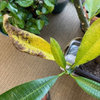Brown spots on leaves, discoloration
hkathleenc
15 years ago
Featured Answer
Comments (9)
kimisdad
15 years agokbauman
15 years agoRelated Professionals
Edmond Landscape Architects & Landscape Designers · Tempe Landscape Architects & Landscape Designers · Ballenger Creek Landscape Architects & Landscape Designers · Sand Springs Landscape Architects & Landscape Designers · Peabody Landscape Contractors · Pelham Landscape Contractors · Elkridge Landscape Contractors · Middleton Landscape Contractors · Oklahoma City Landscape Contractors · Salmon Creek Landscape Contractors · Wells Landscape Contractors · Baltimore Siding & Exteriors · Overland Park Siding & Exteriors · Palatine Siding & Exteriors · Southampton Siding & Exteriorslopaka_mikale
15 years agoDave in NoVA • N. Virginia • zone 7A
15 years agokimisdad
15 years agokimisdad
15 years agoDave in NoVA • N. Virginia • zone 7A
15 years agolovefrangis
15 years ago
Related Stories

REMODELING GUIDESInterior Brick: Paint it or Leave It?
Here's how to know if covering that brick is a sin or solution
Full Story
UPHOLSTERYSeeking a Quiet, Relaxed Spot? Try Upholstering Your Walls
Upholstery can envelop an entire room, a framed panel or a single wall. See some design options and learn what to expect
Full Story
HOUSEKEEPINGOut, Darn Spot! Tips for Removing Carpet Stains
Know the right solutions and when to use them to prevent stains from pets, soda, chocolate, blood and more
Full Story
GARDENING GUIDESWhat's Wrong With My Plant? Leaves Often Hold the Clues
Learn how to identify common plant ailments by reading their leaves
Full Story
FALL GARDENING5 Ways to Put Fall Leaves to Work in Your Garden
Improve your soil and yard the organic way with a valuable garden booster that grows on trees
Full Story
GARDENING GUIDESHow to Fix Bare and Yellow Lawn Spots
Restore your turf’s good looks by reseeding unsightly patches
Full Story
ARCHITECTURERoots of Style: Shingle Style Is Back — Here's How to Spot It
Intimate or rambling, in the coast or by the sea, Shingle homes are seeing a revival. Has your home joined in?
Full Story
KITCHEN DESIGN12 Items Worth a Spot on Your Kitchen Counter
Keep these useful tools and accessories out in the open to maintain high function without spoiling the view
Full Story
GARDENING GUIDES6 Native Ground Covers for Tough, Dry Spots
Sun beating down on your sandy gravel? Thick shade darkening your clay soil? There’s a ground cover here for you
Full Story
GARDENING GUIDES6 Fantastic Ferns to Enliven Shady Garden Spots
For long-term interest with little upkeep in challenging conditions, ferns might just be your garden's new best friend
Full Story






lovefrangis